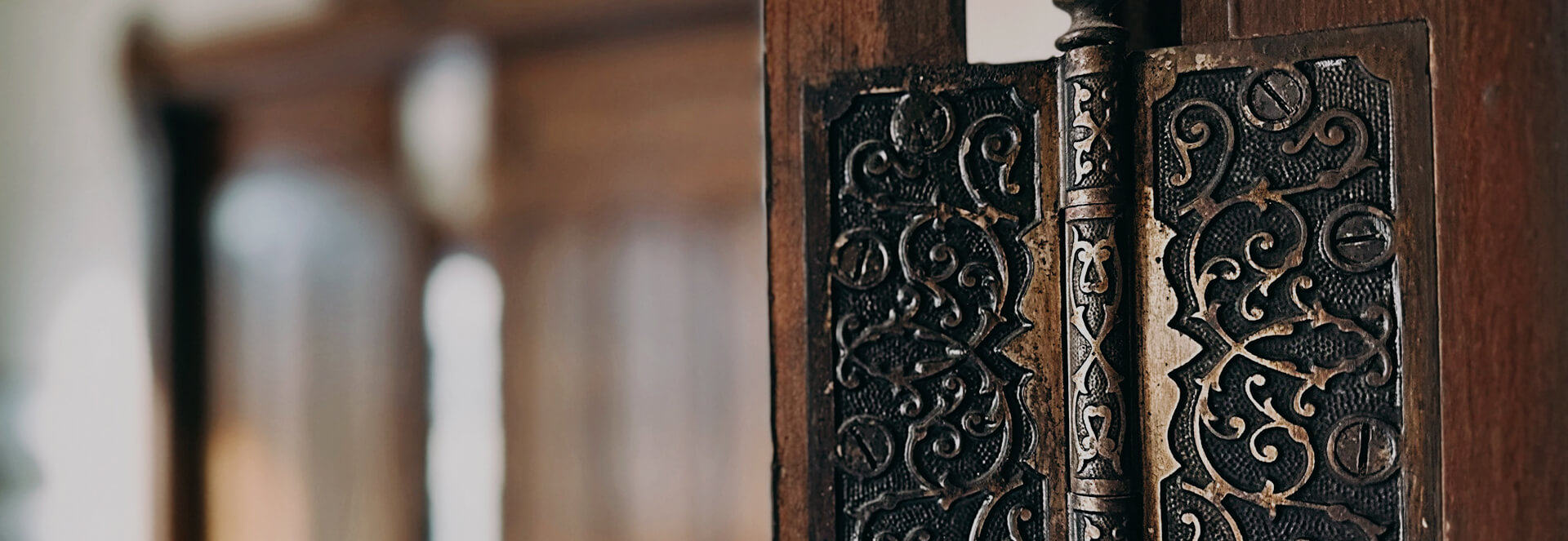What is a “Slip and Fall” Case?
Fri 28 Jun, 2024 / by Parker and Parker / Personal Injury
Imagine that you are doing your weekly shopping in a grocery store when, all of a sudden, you slip on some grapes in the produce section and fall. Although you are initially embarrassed as you take a tumble in front of concerned onlookers, you realize that you have severe injuries as you try to get up and feel a sharp pain.
This is not an uncommon occurrence. It is called a “slip and fall” accident. A slip-and-fall case is a type of personal injury claim that falls under premises liability law. These cases arise when an individual slips, trips, or falls on someone else’s property and sustains an injury as a result.
Slip and fall accidents are unpredictable, happening indoors, outdoors, on private property, or on business premises. When someone’s body meets the ground forcefully, it can result in severe injuries, leaving them incapacitated for an extended period. Moreover, these victims often face substantial financial losses due to medical expenses and lost earnings caused by the accident.
Fortunately, if you have been involved in a slip and fall, you may be entitled to compensation for your injuries. These are the common elements of slip and fall cases.
What Are Common Causes of Slip and Fall Cases?
Slip and fall cases can happen due to a variety of reasons. These are some common circumstances that lead people to slip and fall.
- Loose/Worn Carpeting: Rugs or carpets that are not properly secured or are frayed can be problematic. Loose or worn carpeting can lead people’s feet to get caught just right to fall.
- Obstacles: Debris, clutter, or items left in walkways can become hazardous quickly.
- Poor Lighting: Inadequate lighting makes it difficult to see potential hazards. This can cause someone to not see something and trip and fall.
- Uneven Surfaces: Cracked sidewalks, potholes, or uneven flooring can cause issues for people. Even if they see the defect, it can still cause them to lose their balance and sustain an injury.
- Wet or Slippery Floors: Spills, leaks, or recently cleaned floors that haven’t been properly marked or dried.
What Should I Do If I Have Become Injured in a Slip and Fall?
- Seek Medical Attention: Immediate medical attention is crucial for your health and to document any injuries.
- Report the Incident: Notify the property owner or manager about the incident and ensure it is documented.
- Gather Evidence: Collect evidence from the scene, such as photographs of the hazard, witness statements, and any available surveillance footage.
- Consult an Attorney: An experienced personal injury attorney can help assess the case, gather evidence, and navigate the legal process. A slip and fall case is a time of premises liability lawsuit.
- File a Claim: The attorney will help file a claim with the property owner’s insurance company or pursue a lawsuit if necessary. It is important to do this sooner than later. First, you have the best access to evidence the sooner you file relative to when the incident happened than later. Also, there is a time limit to file these claims called a statute of limitations. The statute of limitations in Illinois for filing a lawsuit for this type of fall is two years from the date of the accident.
What Does the Legal Process Look Like in a Slip and Fall Case?
In a slip and fall case, the legal process typically begins with the injured party, known as the plaintiff, filing a claim against the property owner, referred to as the defendant. The plaintiff asserts that the defendant’s negligence caused their fall and subsequent injuries.
Initially, the plaintiff must prove that a hazardous condition existed on the property and that the defendant knew or should have known about it but failed to address it. This hazardous condition could be anything from a wet floor without proper signage to uneven pavement or poor lighting. The plaintiff must also show that the defendant owned or controlled the property. This is referred to as premises liability.
The plaintiff also needs to demonstrate that they exercised reasonable caution. For example, if you are running through a parking lot you know is icy, that would not be reasonable. The plaintiff must also show that the hazardous condition directly caused their fall and injuries.
Once the claim is filed, discovery begins. Both parties gather evidence to support their positions. This evidence can include medical records, accident reports, photographs of the accident scene, and witness testimonies. Experts may also be consulted to provide opinions on the hazard and the extent of the injuries.
Negotiations for a settlement often occur during or after discovery. Many slip and fall cases are settled out of court to avoid the costs and uncertainties of a trial. If a settlement is reached, the defendant typically agrees to pay the plaintiff an agreed-upon amount of compensation for medical expenses, lost wages, pain and suffering, and other damages.
If a settlement cannot be reached, the case proceeds to trial. Both sides present their evidence and arguments, and a judge or jury determines liability and awards damages if applicable. The outcome depends on the strength of the evidence and the persuasiveness of the arguments presented by both parties.
How Long Will It Take To Get a Settlement?
The time required to settle slip-and-fall cases varies depending on several unique factors. One major factor is the nature and extent of your injuries. Serious injuries often necessitate extensive medical treatment and rehabilitation, which can extend the legal process as it is crucial to understand the long-term effects of your injuries before negotiating a settlement. Additionally, the complexity of the liability investigation can influence the timeline. Seeking a fair settlement rather than a quick one can also affect the duration of the legal process.
Contact an Experienced Personal Injury Attorney
Find an experienced lawyer who specializes in slip and fall insurance claims and premises liability accidents. They can help walk you through the settlement or court process, and get you the compensation that you need to move on from the injury.


